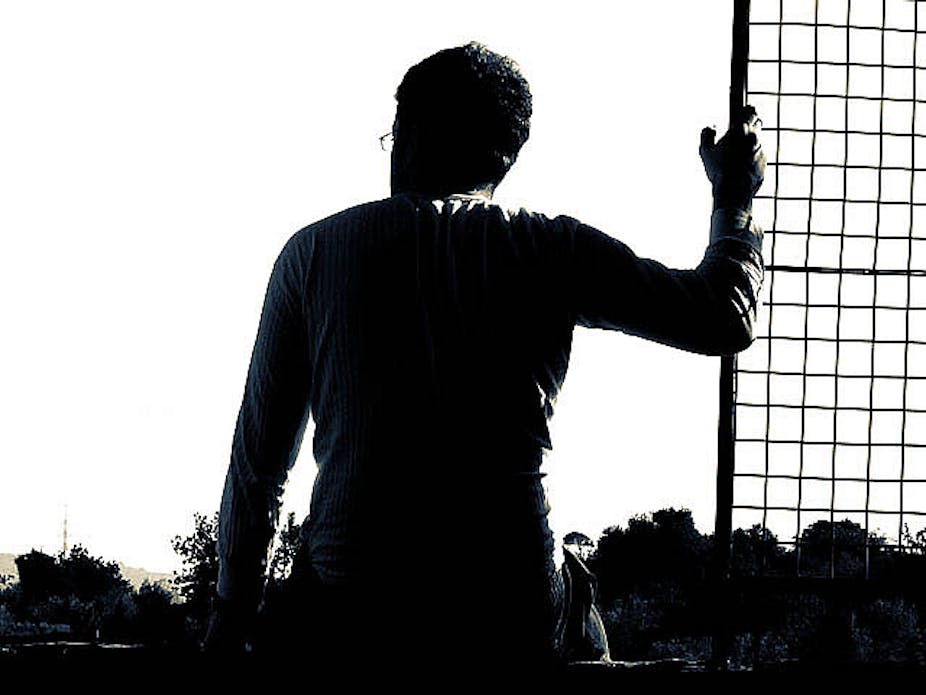A sharp decline in the overall suicide rate among young Australian men has masked a rise in remote areas and low socioeconomic groups, according to a series of papers examining global trends in suicide.
The papers, published in The Lancet today, consider a variety of factors that have contributed to a 60% global increase in suicide over the past 45 years. “To voluntarily end one’s own life is incomprehensible for most of us,” write Michael Lewieck, a Clinical Assistant Professor of Medicine at the University of New Mexico School of Medicine, and Sara Miller, a Research Fellow in Genetics at Harvard University.
“In The Lancet, three reviews help us to better understand the incomprehensible, each with the aim of contributing to strategies to reduce the risk of self-destructive behaviour.”
One of the reviews, which addresses the issue of suicide in young men, notes that a series of studies have shown that rural or remote residence increases the risk of suicide among that group in Australia.
Between 1999 and 2003, the rate of suicide among young men in remote areas of Australia increased from 38.8 per 100,000 to 47.9 - a 23% rise.
“The overall decline in suicide rates for Australian men aged 20—34 years (from 40 per 100,000 in 1997—98 to 20 per 100,000 in 2003) masks the continued rise in suicide rates in young men in remote areas, as well as in lower socioeconomic groups,” the report says.
“Explanations relate to the migration of healthy workers to cities, and the increasing economic disparity between men in rural and urban areas. In relation to marital status, evidence from high-income countries shows that marital status in men interacts with age, such that being separated increases suicide risk in young men to a greater extent than in older men.”
By recognising depression faster and treating it more effectively, communities across Australia could drastically reduce suicide rates, said Gavin Andrews, a Professor of Psychiatry at the University of New South Wales at St Vincent’s Hospital.
“Isn’t it time we tried to stop suicide by turning off the depression?” he said.
In a study of 300 people being treated for depression, Professor Andrews found that the total number of days in which patients said they would be ‘better off dead’ fell from 1032 before treatment to 496 after. “The drop in ‘better off dead’ days was greatest in the most severe – a drop of 65% in those who originally thought about being ‘better off dead’ more than half the time,” he said.
“Shouldn’t we be treating those at risk of suicide and reducing access to the means to commit suicide?”
Keith Miller, a Senior Lecturer in Social Work and Social Planning at Flinders University, said suicide was a deeply emotive issue that had a horrendous impact on many lives. “Suicide in rural and remote communities is a public event,” Dr Miller said. “Everyone hears about it and has an opinion.
"Australia is similar but also unique amongst developed nations. Often it is a range of reasons which lead to someone engaging in self-harm or completing suicide. We must not perpetuate the myth that suicide is shameful and needs to remain hidden.
"Suicide prevention strategies are available to varying degrees around the country. We need to ensure that our most vulnerable young people are able to access these strategies.”
If you or someone you know needs help, contact Lifeline’s 24-hour helpline on 13 11 14, SANE Australia on 1800 18 7263 or the Beyondblue Info Line 1300 22 4636.

